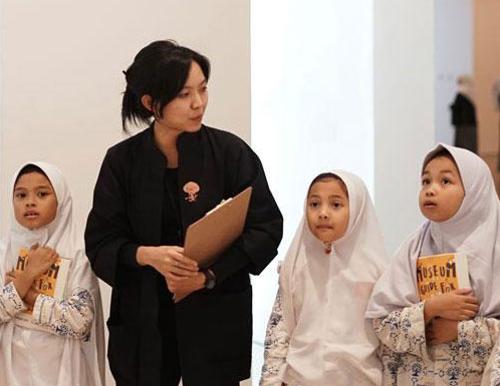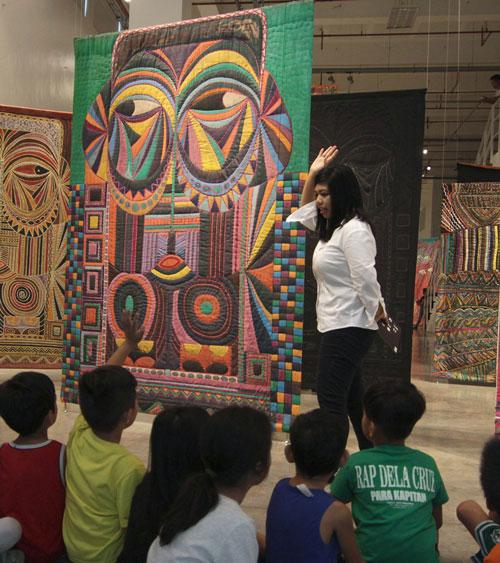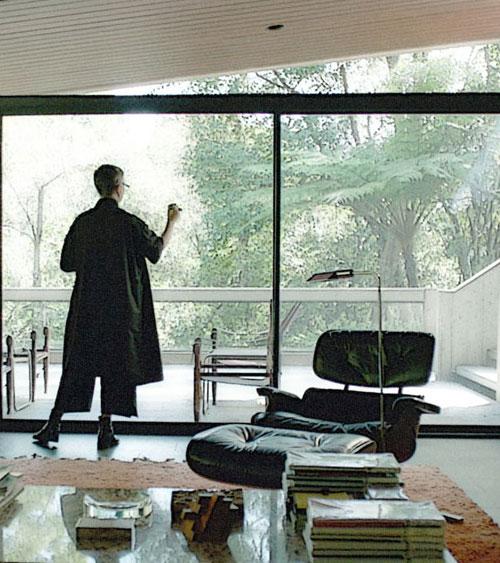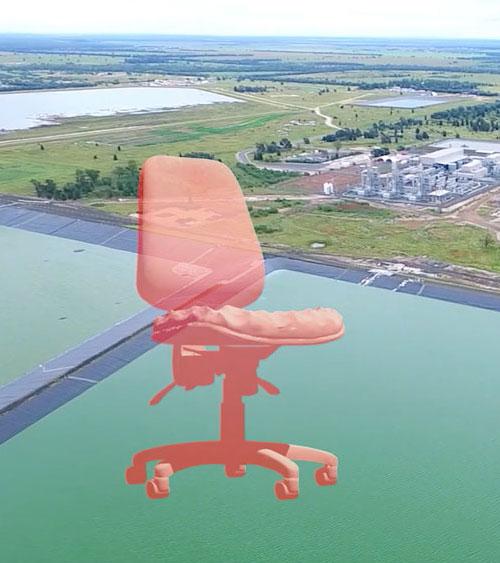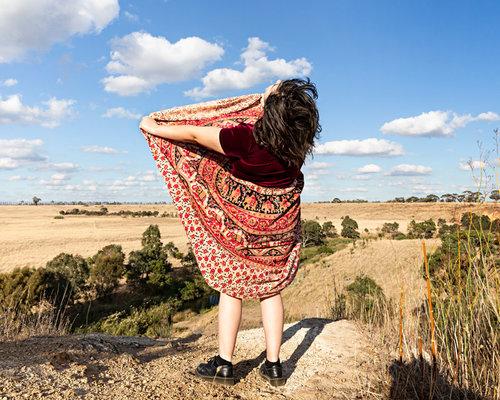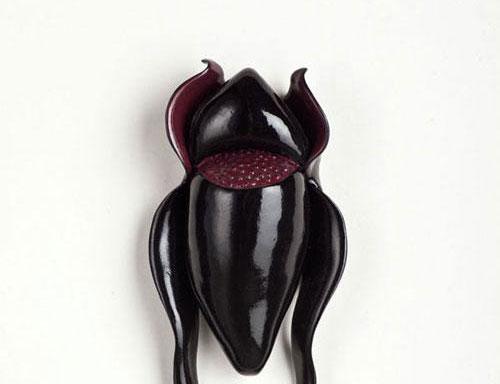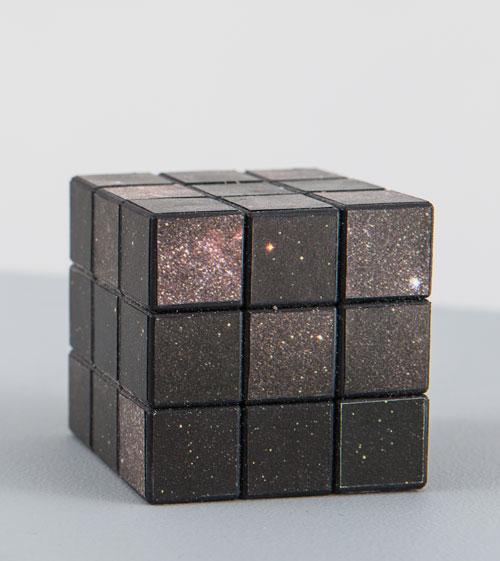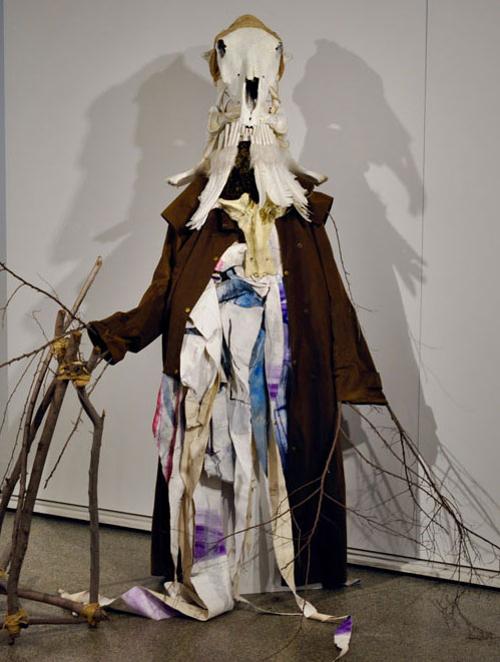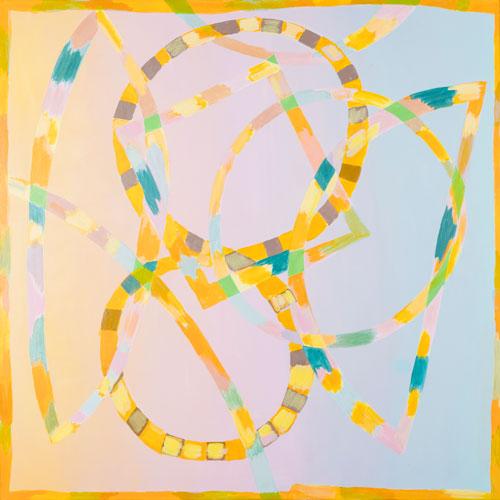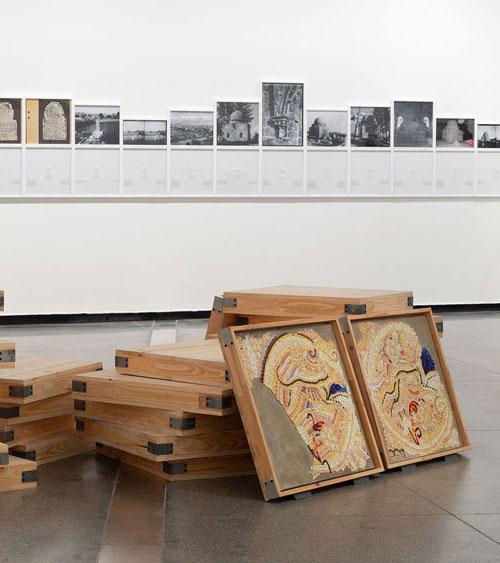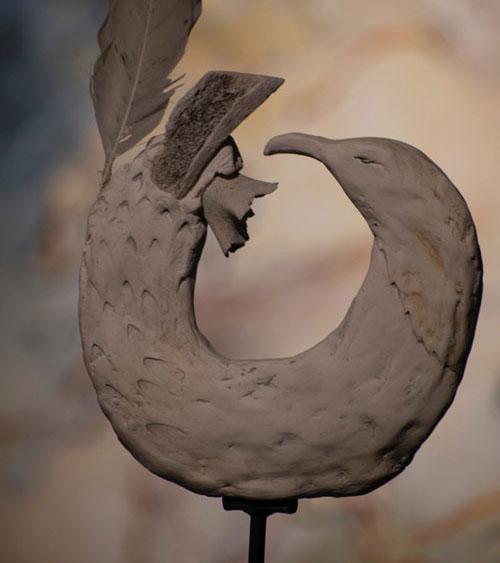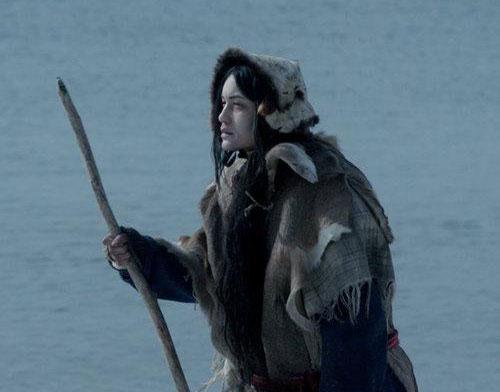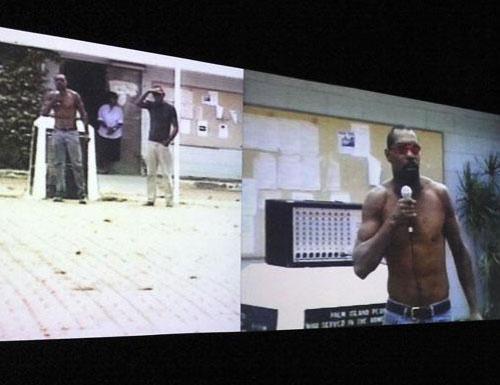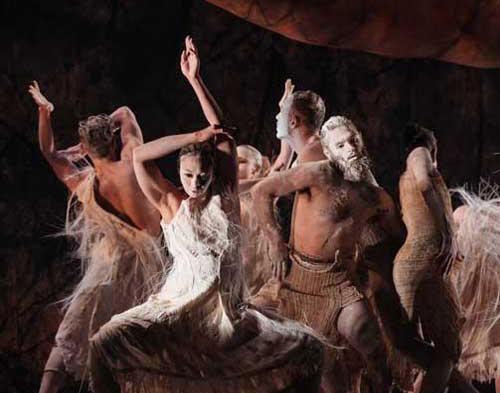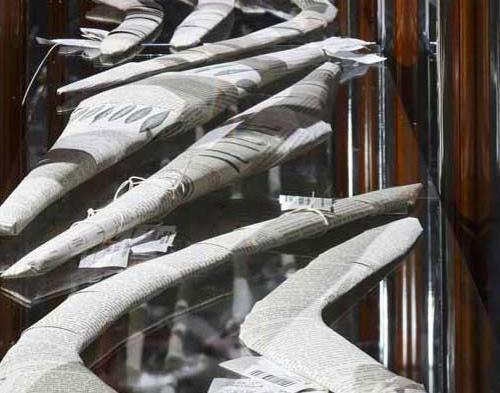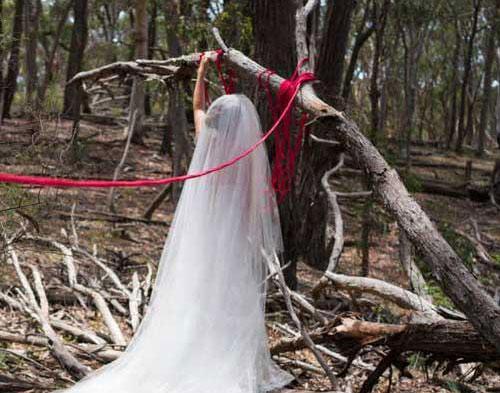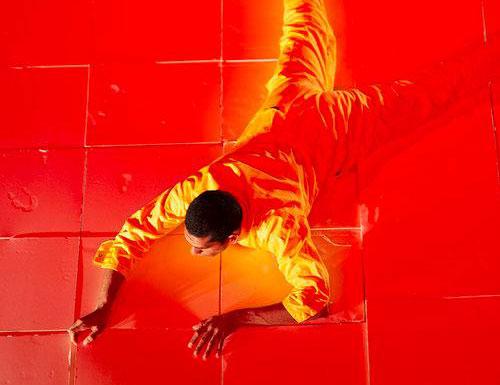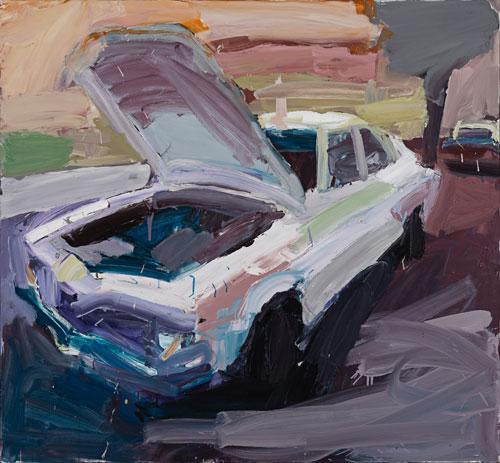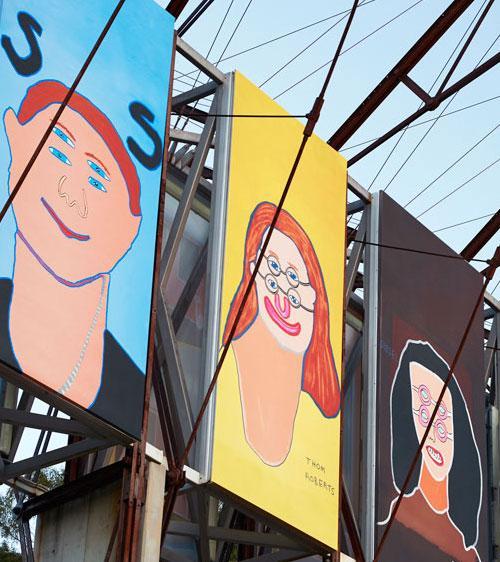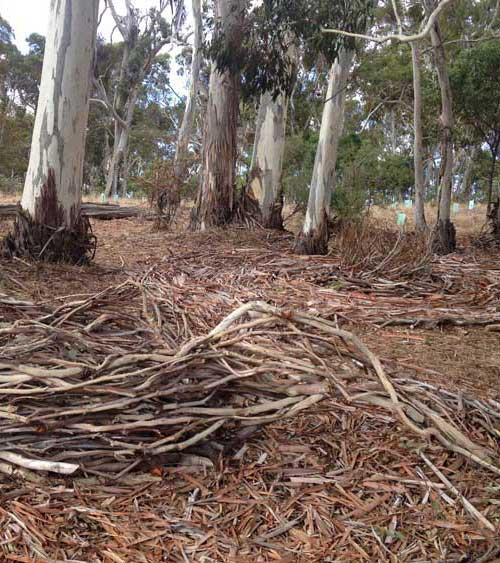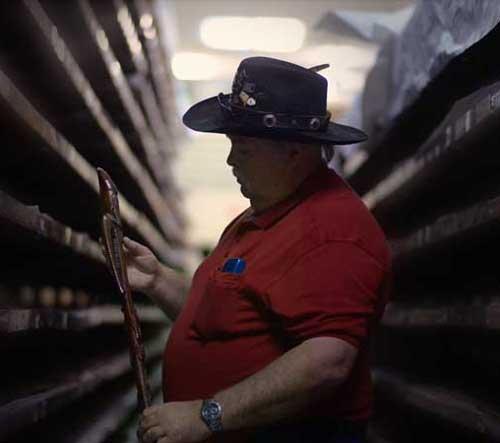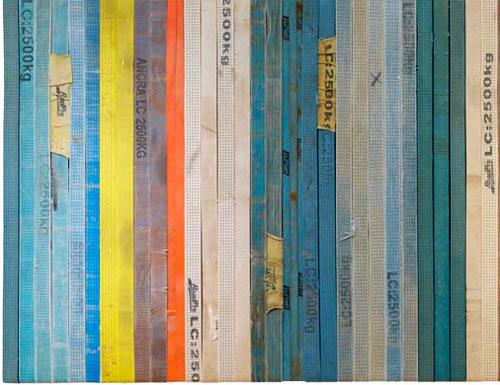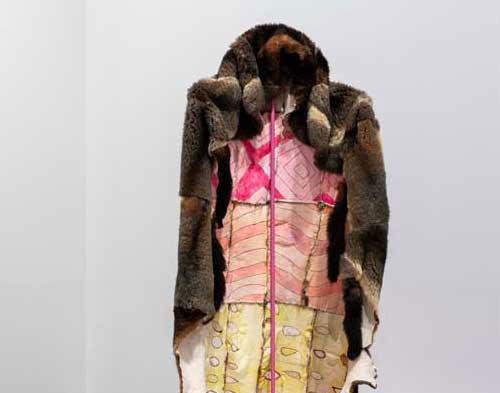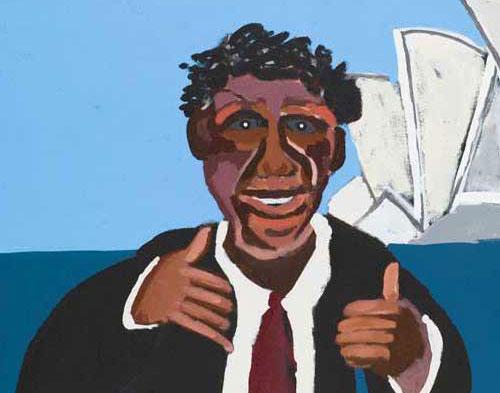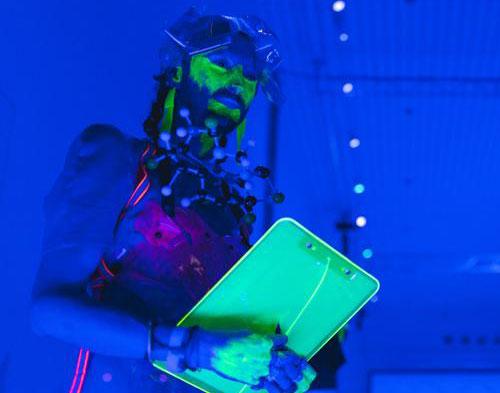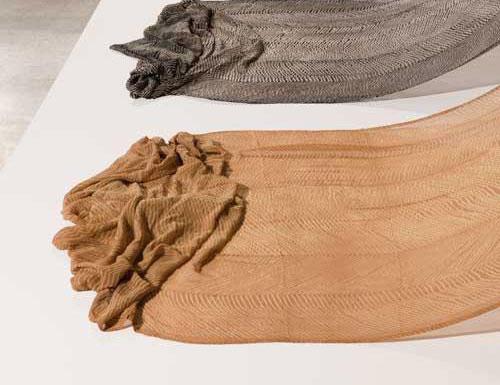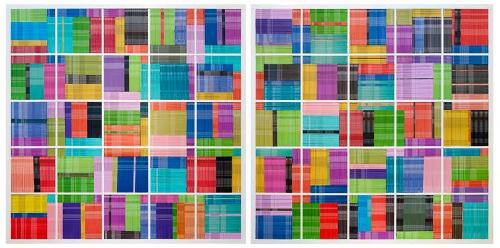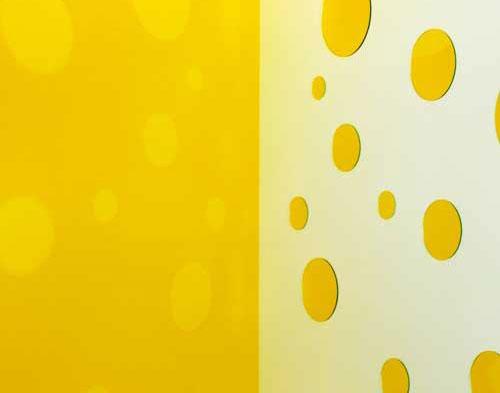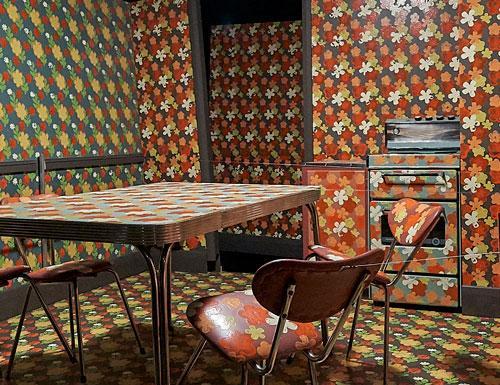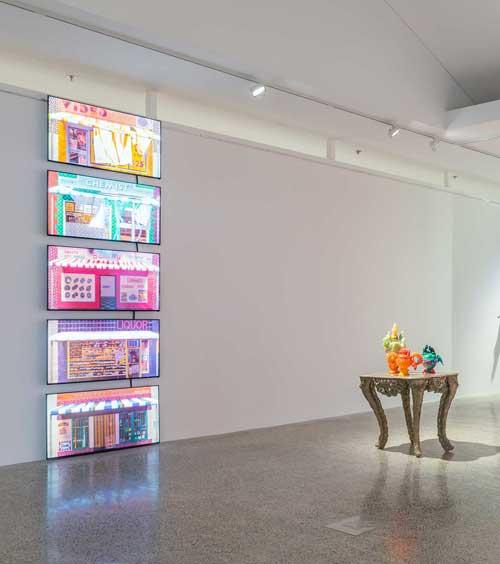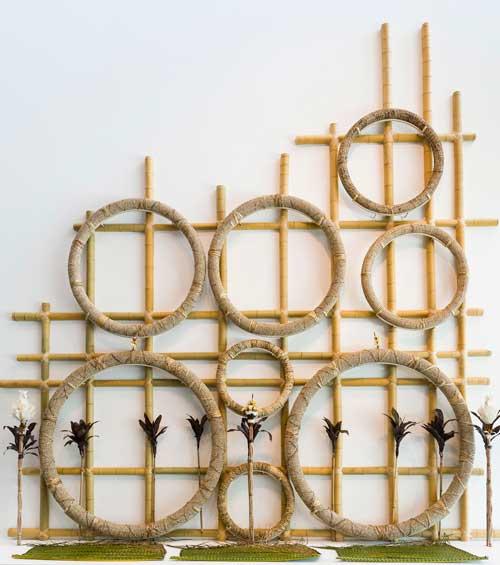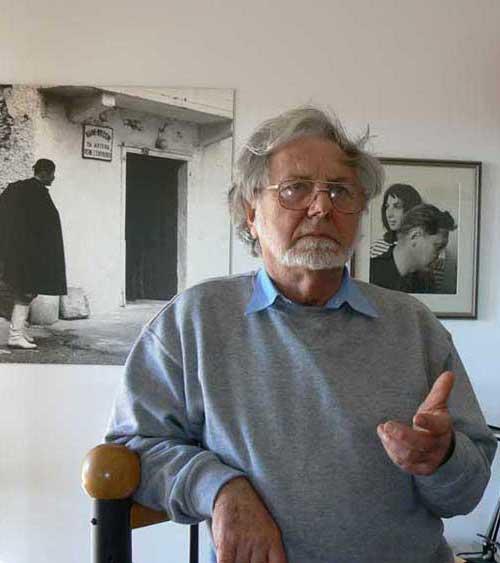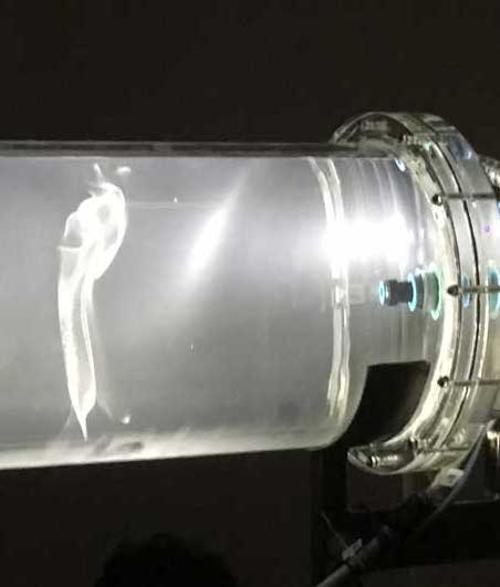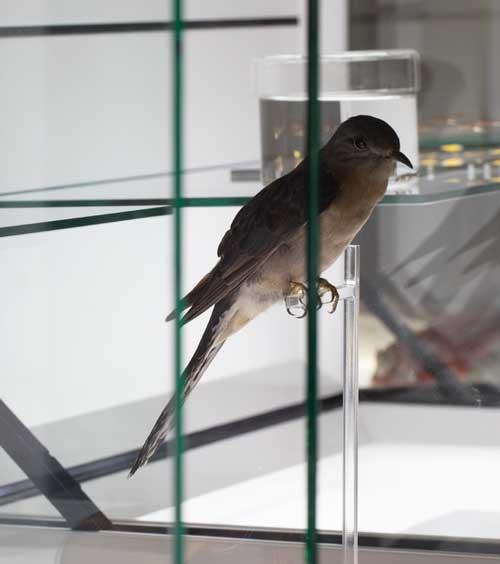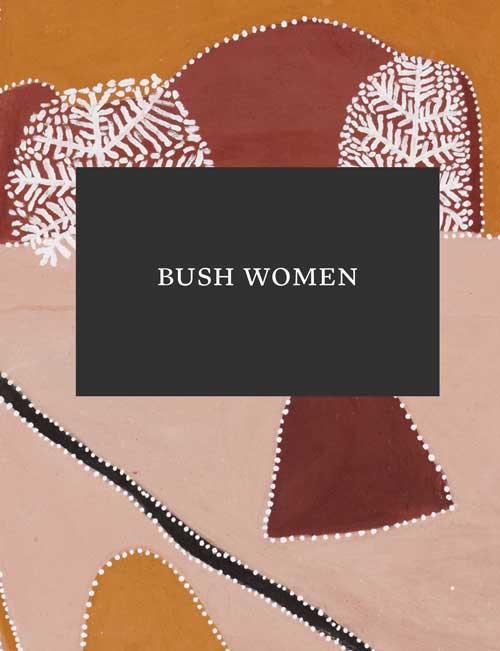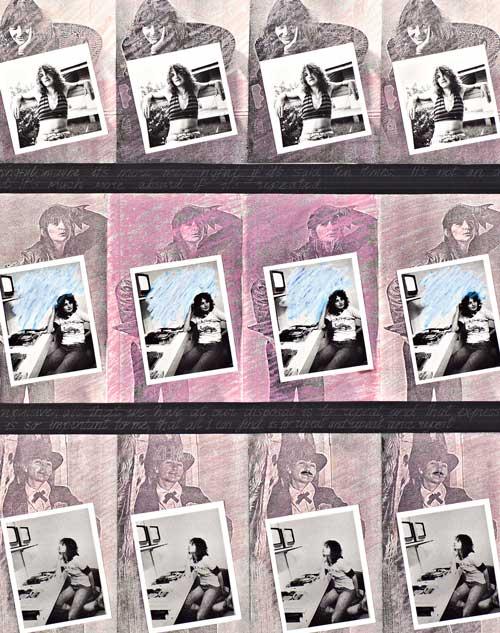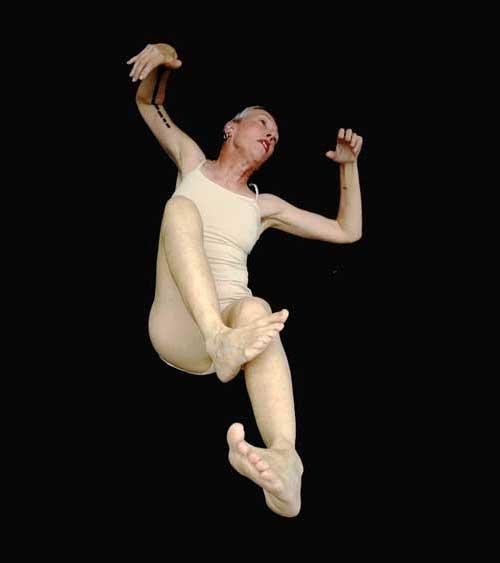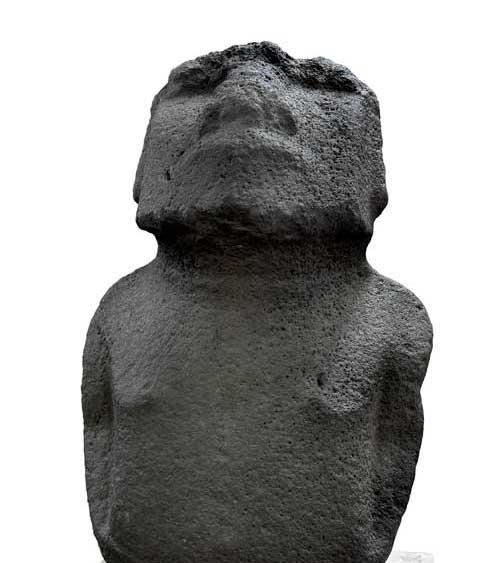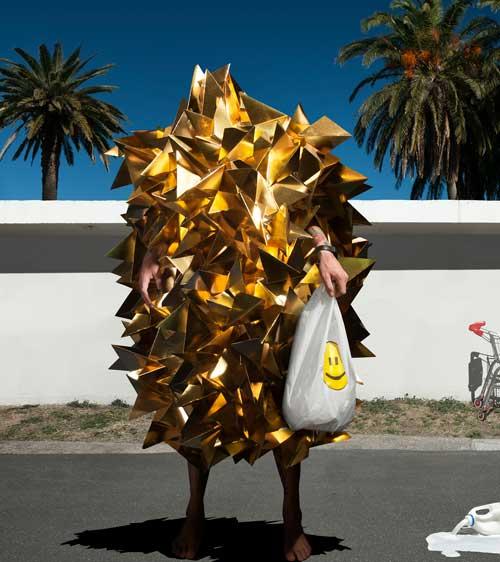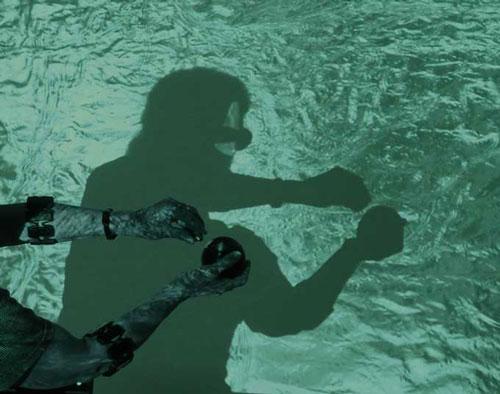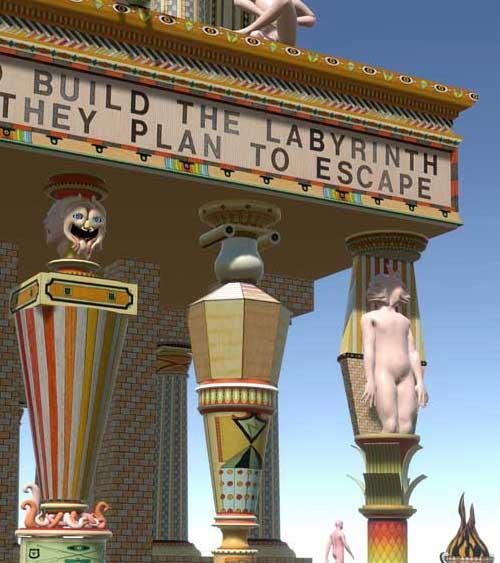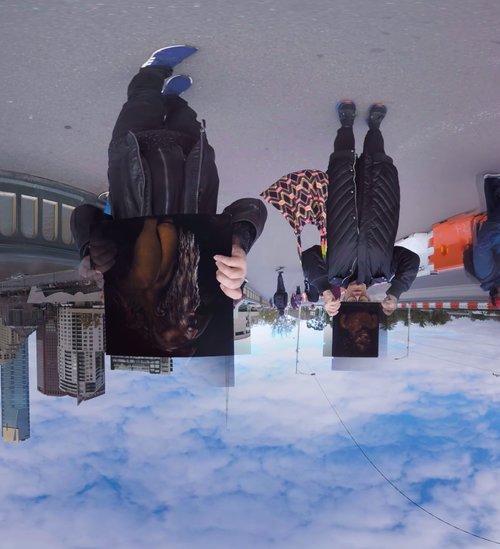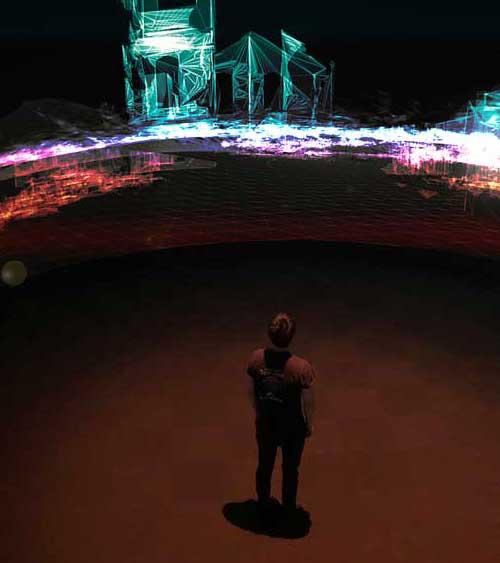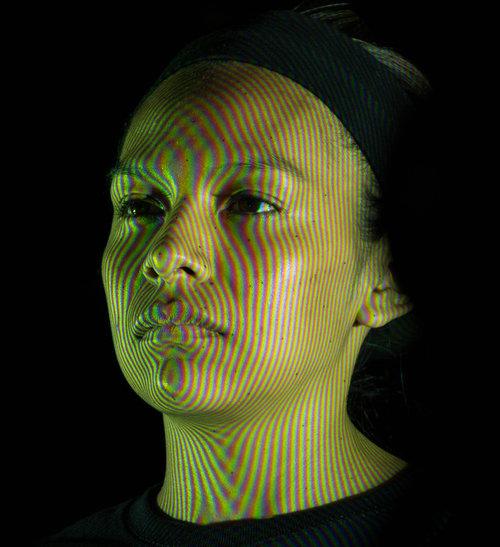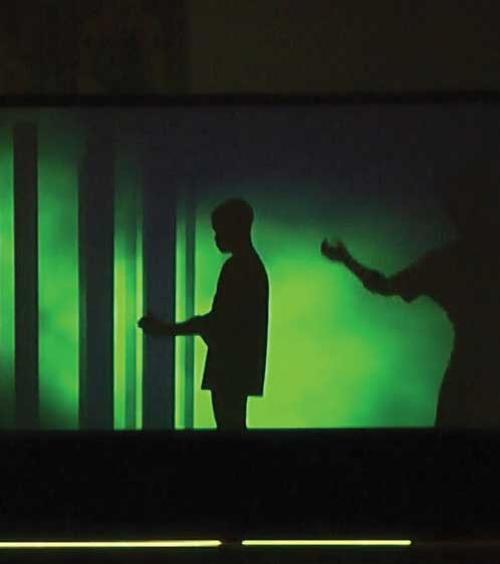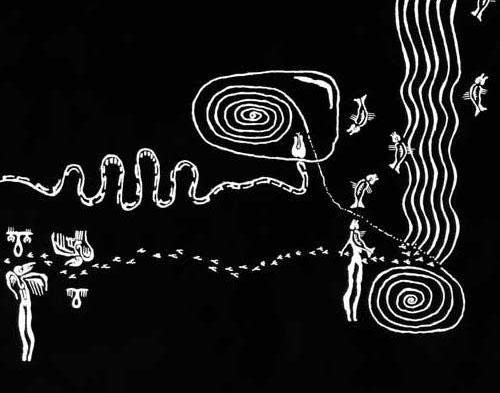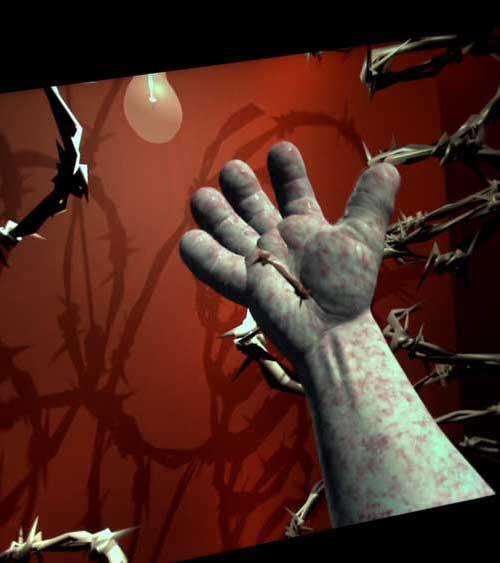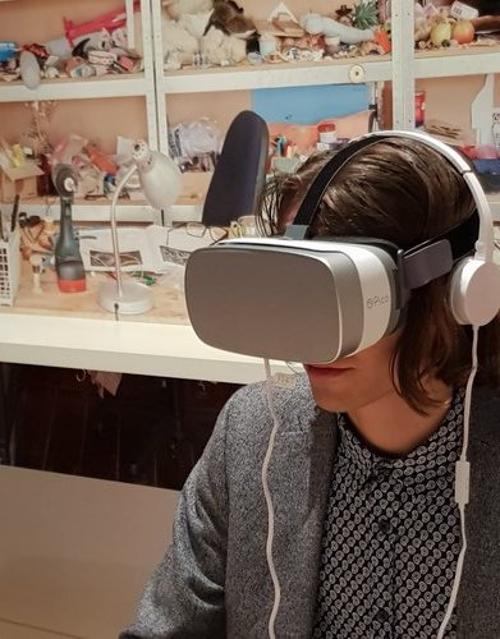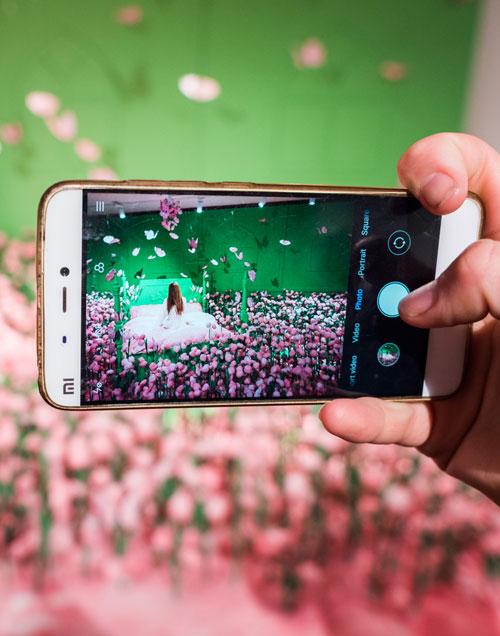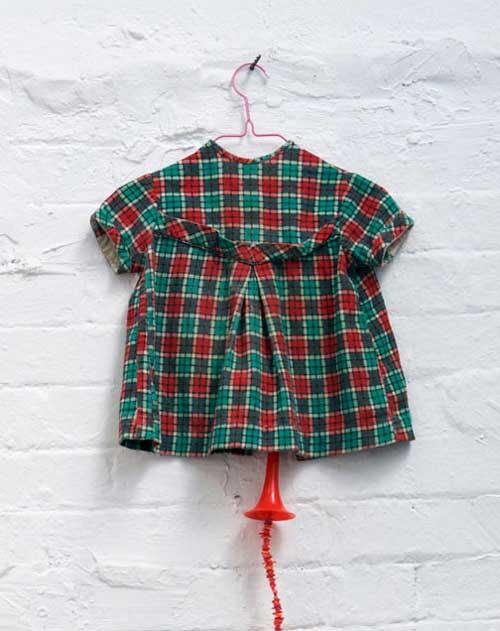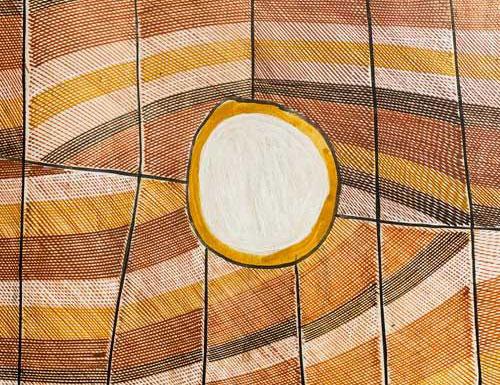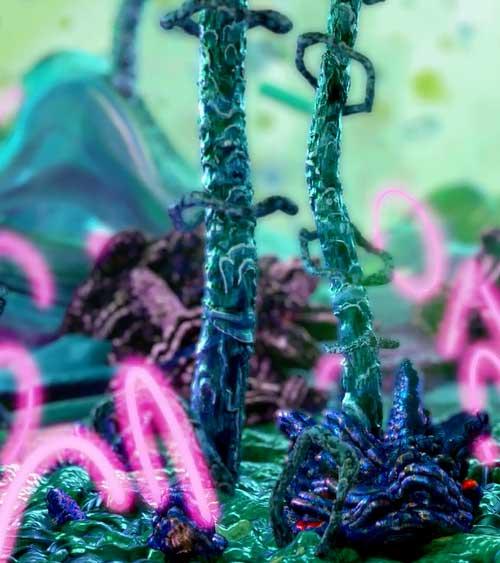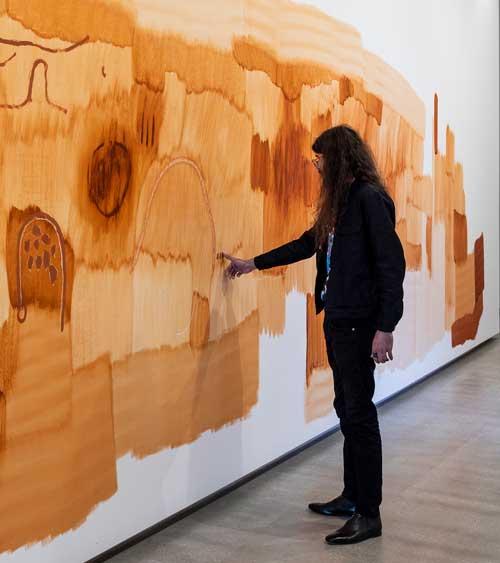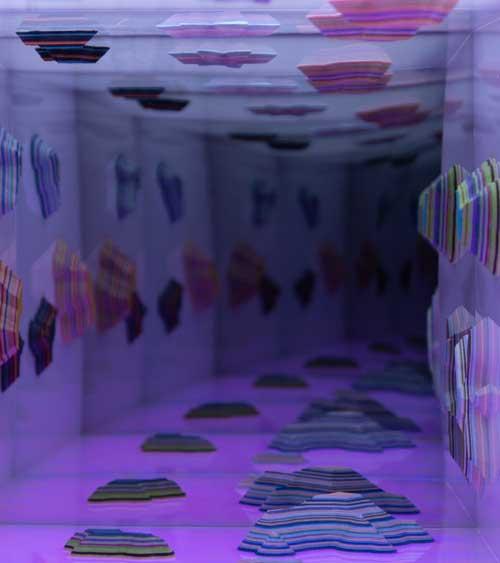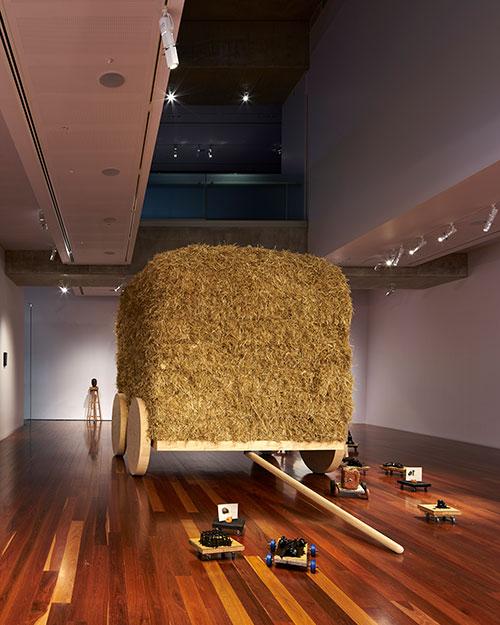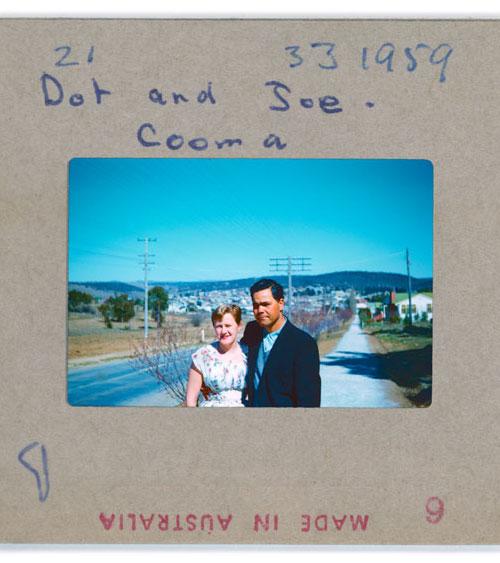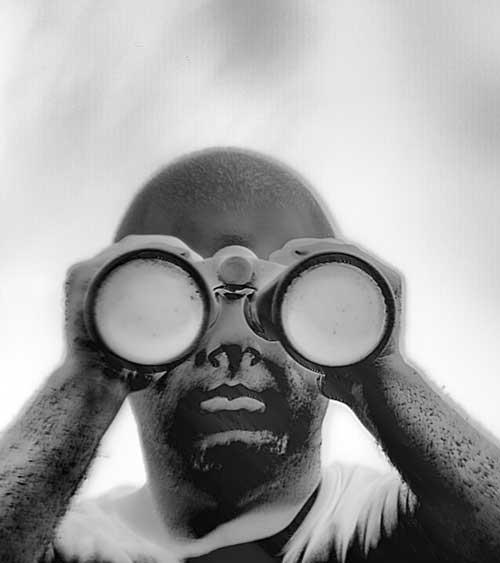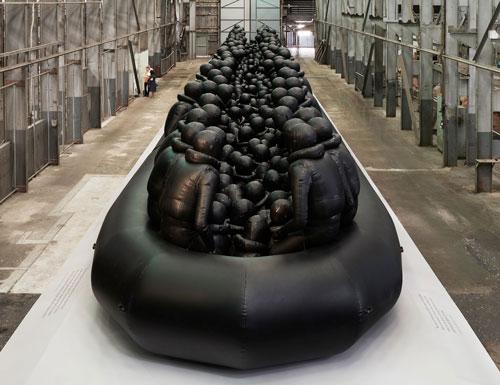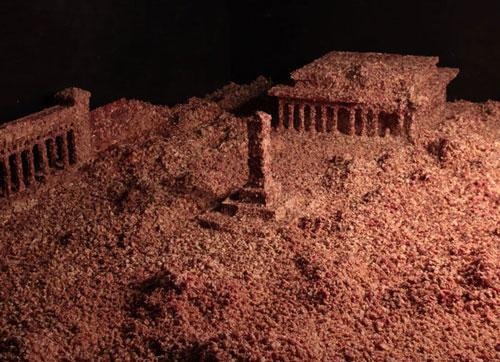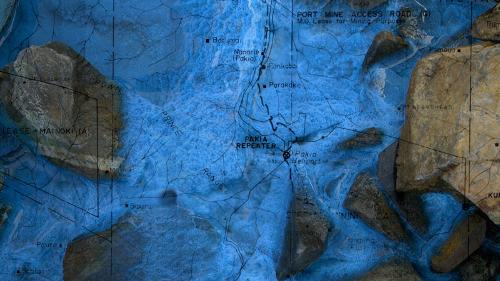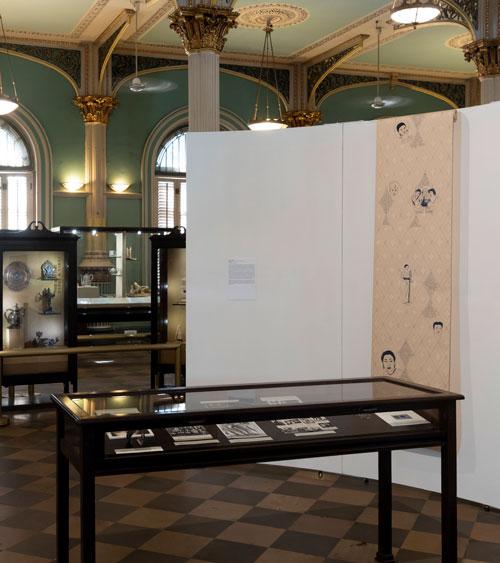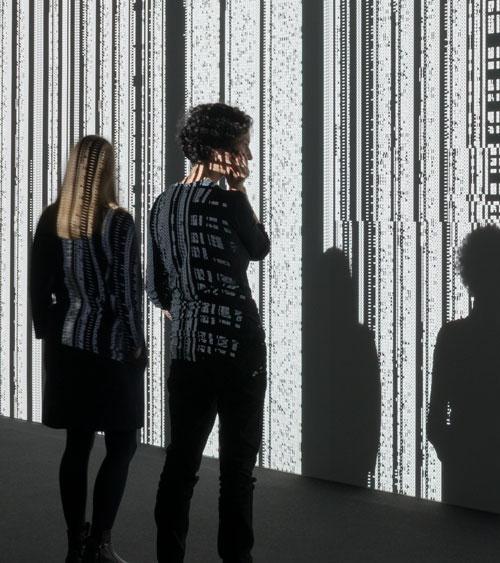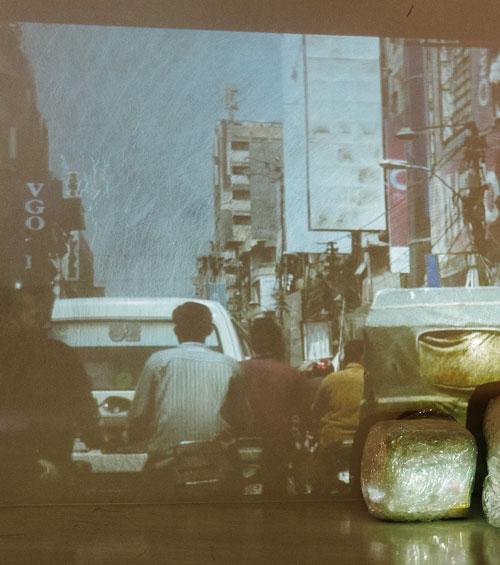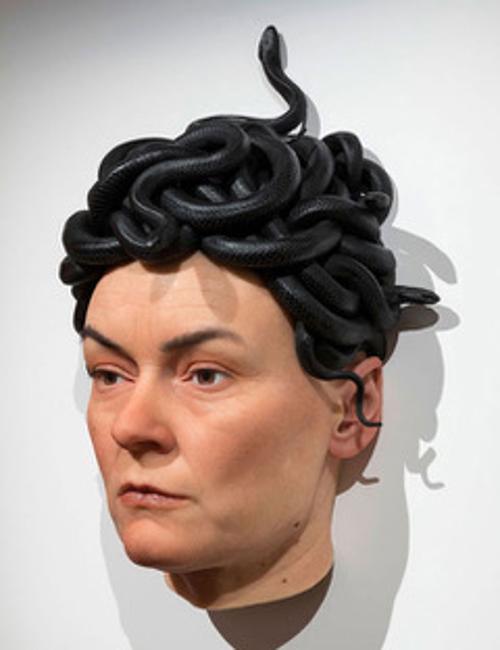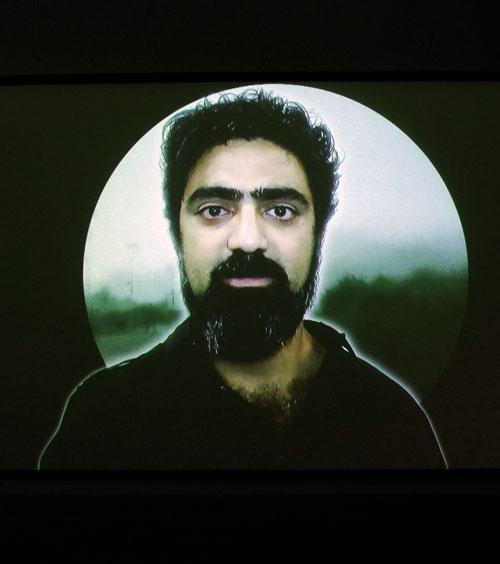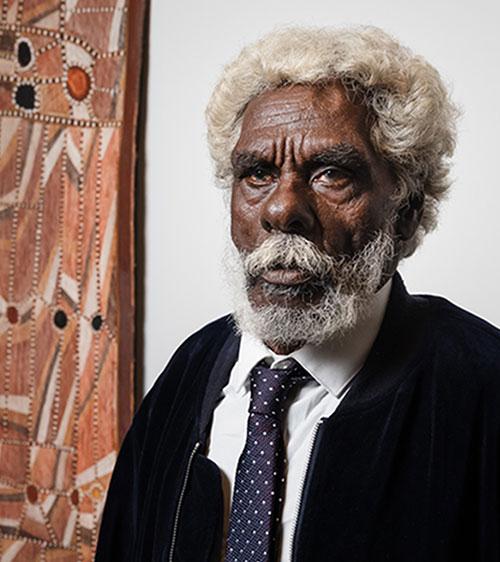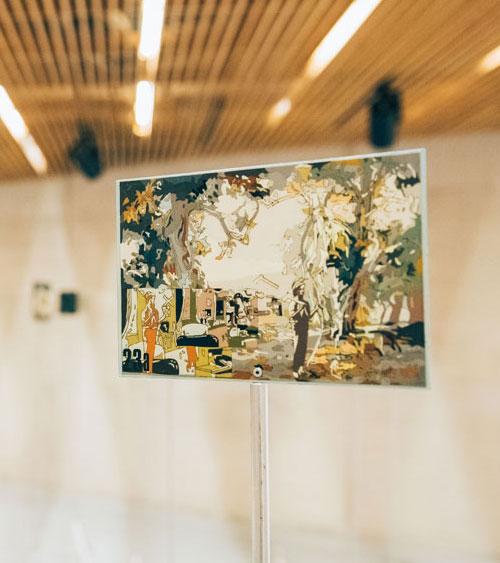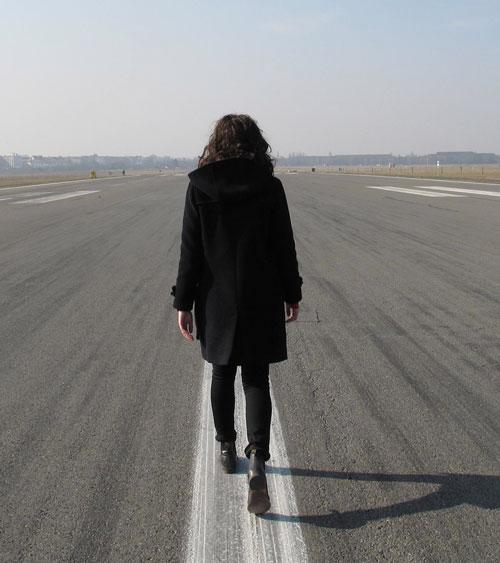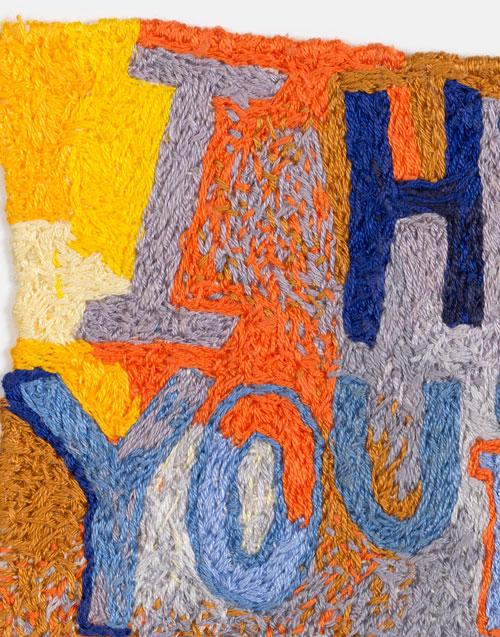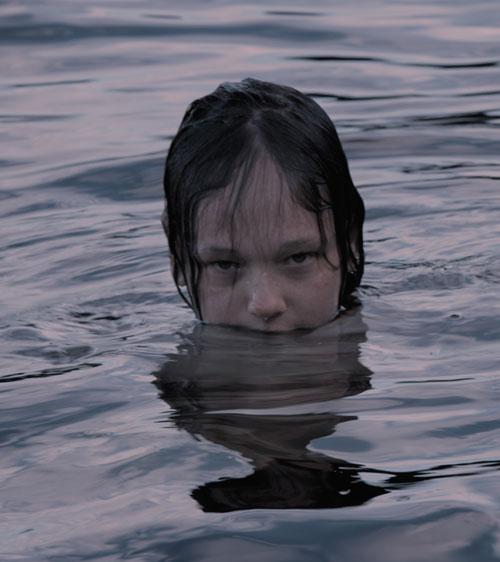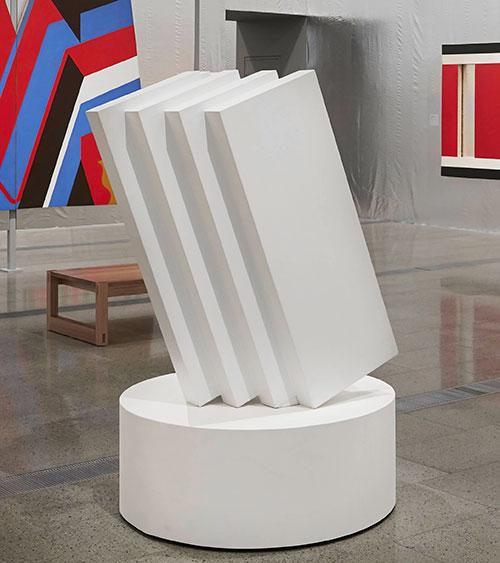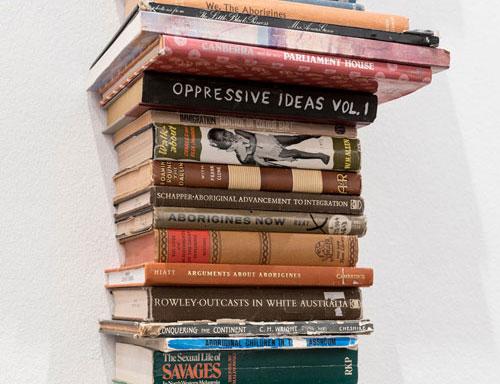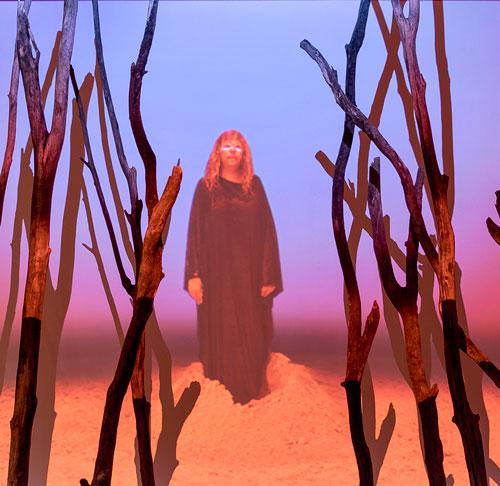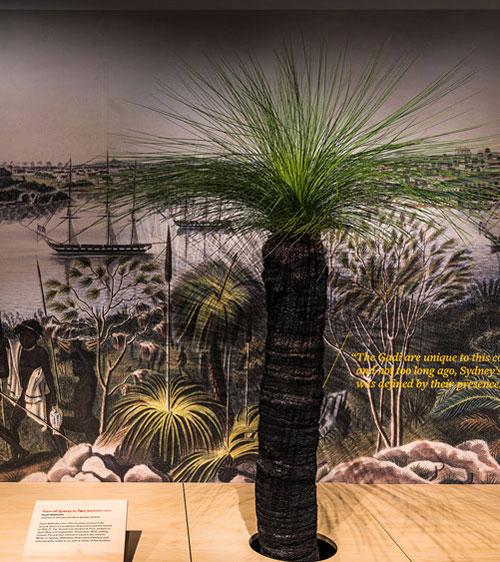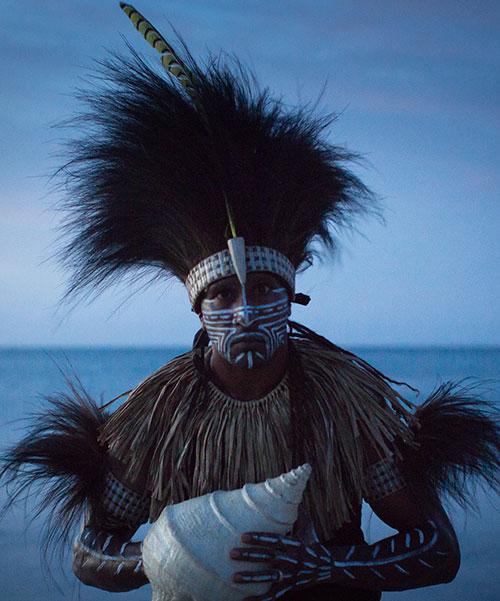Search
You searched for articles ...
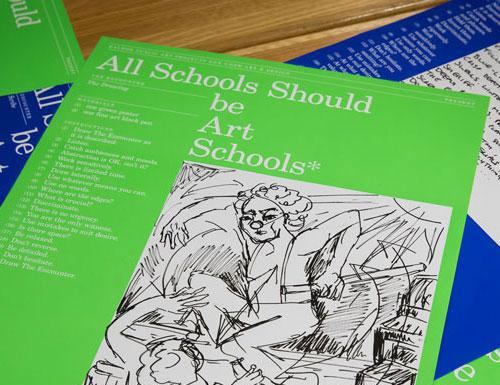
Eve Sullivan___How did you become the creative lead for the Kaldor Public Art Project Symposium on Art Education? What did this entail?
Agatha Gothe‑Snape___I was invited by Kaldor Public Art Projects to participate (or intervene) in the program as an artist. Throughout the development and planning of the event I spent time “in residency” in the KPAP office as a kind of “participant–observer.” I also did research into the current discourses around art and education, reflecting upon my own experiences and those of others, and spoke to primary and secondary school teachers about their approaches to teaching art.
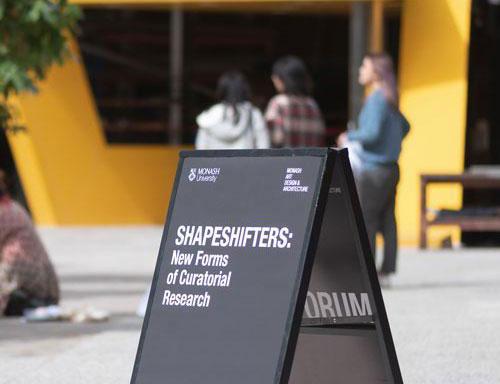
What is curatorial research? And what is a curatorial methodology? I founded the Curatorial Practice PhD at Monash University in 2014. Though new and at the time unprecedented in Australia, it is entirely modelled on the Fine Art PhD, which is now offered by more than two dozen courses in this country. And so these questions were put to me repeatedly. They often felt bewildering, the result of putting the square peg of curating into the round hole of academia. Curating’s entry into academia was an awkward and artificial event, but I believe this event continues to have tremendous potential, and I hope to tease out its implications and possible paths forward in the essay that follows.
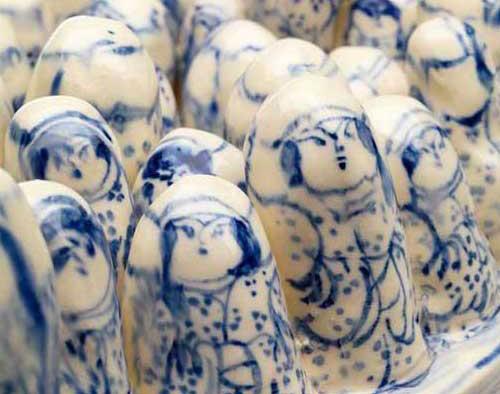
I find it harder and harder every day to live up to my blue china.
Oscar Wilde, 1874
As an aesthete Wilde surrounded himself with beautiful objects. This epigram from his Oxford days paid tribute to and satirised the Victorian craze for the exotic. At Oxford University Wilde was introduced to the culture of aesthetes by art critic and philanthropist John Ruskin whose writings on craft also influenced William Morris.
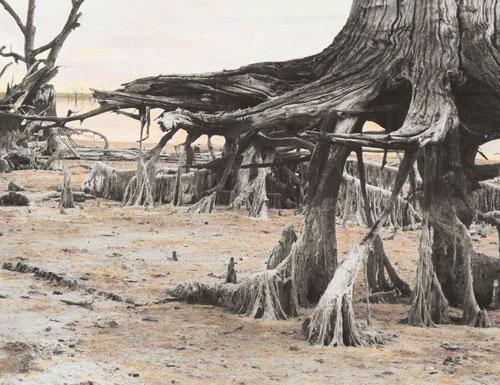
Wardlipari is the homeriver in the Milky Way.
Purlirna kardlarna ngadluku miyurnaku yaintya tikkiarna.
The stars are the fires of people living there. Yurarlu yurakauwi trruku-ana padninthi Wardlipari.
Yurakauwi the rainbow serpent goes into the dark spots in the Milky Way.
Ngaiyirda karralika kawingka tikainga yara kumarninthi.
When the outer world and the sky connect with the water the two become one.
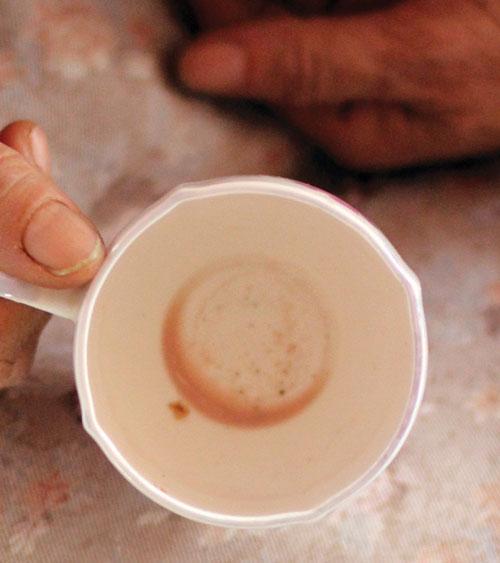
Sanjay Kak Tell me about that first cup of nun chai in Kashmir, that first conversation. Were you prepared for what you were to encounter?
Alana Hunt My first cup of nun chai was actually in Delhi in the home of a Kashmiri artist friend. I initially came to Delhi, with the support of the Australia Council, as an artist in residence with the Sarai Programme, after which I pursued studies at Jawaharlal Nehru University. During my first few weeks in the city I came across a small flyer for a screening of a film about the Safar-i-Azadi (Journey to Freedom) campaign led by the pro-independence leader and former armed fighter Yasin Malik. SAR Geelani was also there, and I learnt that he had already spent several years on death row in connection with the attack on the Indian Parliament, for which he was eventually acquitted. At the same time, protesting in the streets outside were the Hindu group Roots in Kashmir, wholly opposed to the idea of Kashmiri self-determination. I was new to Delhi, but from that point confronted with the multilayered tensions surrounding India’s occupation of Kashmir. It led me to the book The Strange Case of the Attack on the Indian Parliament, and your film Jashn-e-Azadi (How we Celebrate Freedom).

